19th December 2024
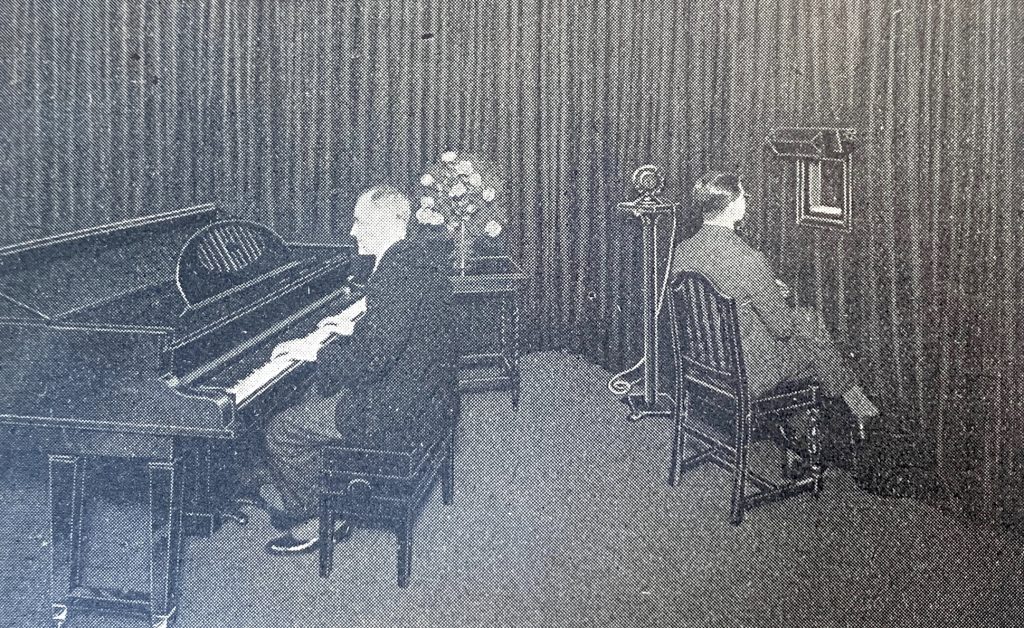
John Wyver writes: Wednesday 19 December 1928 saw one of the earliest documented trasnmissions from the new studio (above, from Television, December 1928) of the Baird Television Development Corporation at 133 Long Acre in London’s Covent Garden. Four days after the broadcast from there of Box and Cox, highlighted in an earlier post, The Baird Concert Party offered ‘songs and patter’ from A.F. (‘Peter’) Birch, who is on the right in the photograph, and performances from baritone A. Calkin and comedian Reginald Shaw, with piano contributions from Constance (‘Connie’) King and Philip Hobson.
read more »
18th December 2024
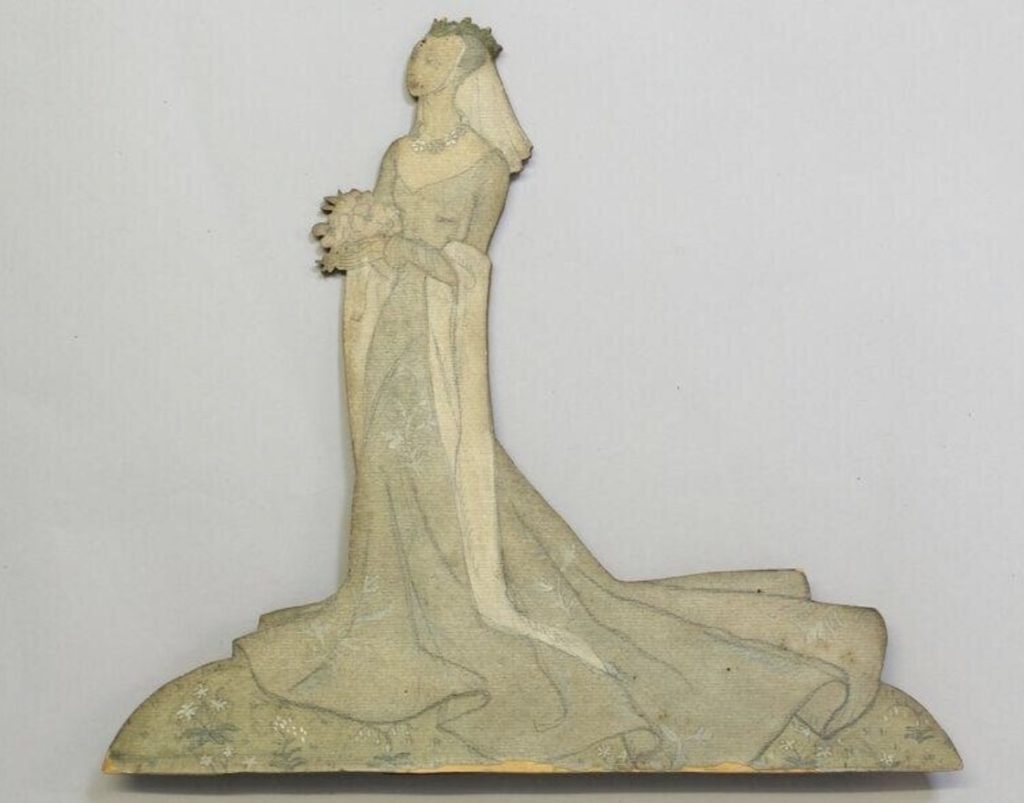
John Wyver writes: There was a sense of increasing confidence at Alexandra Palace at the end of 1938, with sales of receivers finally picking up and programmes becoming both more ambitious and more polished. This was reflected in announcements for a clutch of major drama productions over the Christmas period, including Noel Coward’s Hay Fever on Christmas night, an Edgar Wallace thriller, The Ringer, a re-run of Once in a Lifetime, and on the evening of Sunday 18 December, Gordon Daviot’s Richard of Bordeaux. (The image is a souvenir made by Motley of the original stage production in 1933, from the collection of the V&A; for more see below.)
read more »
17th December 2024
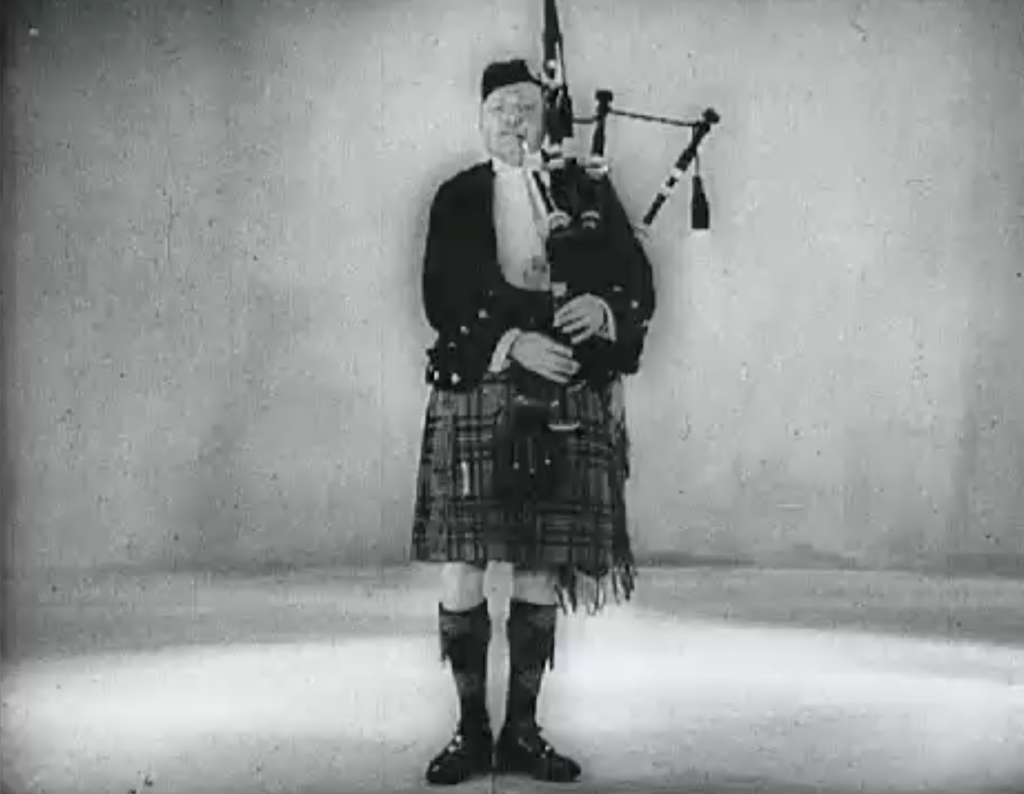
John Wyver writes: Thursday 17 December 1936 saw an edition of one of the first television series, London Characters. In a 7-minute broadcast shown both mid-afternoon and mid-evening, John Snuggs, ‘the troubadour’, demonstrated paper tearing with his partner accordionist, Van Hornibrook. Others who featured in this occasional and ultimately short-lived strand (there were just five shows) included ex-Pipe Major Massie, ‘the bagpipes man from Trafalgar Square (pictured, in a framegrab from the BBC Television Demonstration Film); John Cairns, street busker; Hansom cabman Albert Frisbee; Alf the shrimper; and Jack Smith, tomato seller.
read more »
16th December 2024

John Wyver writes: At 21.07 on Thursday 16 December 1937 the Television service from Alexandra Palace broadcast the sixth in the series Experiments in Science. This 16-minute edition had the subtitle Reconstructing the Past, and featured Margot Eates of the Institute of Archaeology, assisted by Delia Parker and Ione Gedye, demonstrating the reconstruction of prehistoric fragments of pottery from Maiden Castle in Dorset (above, from the west, photographed by Major George Allen in 1937).
read more »
15th December 2024
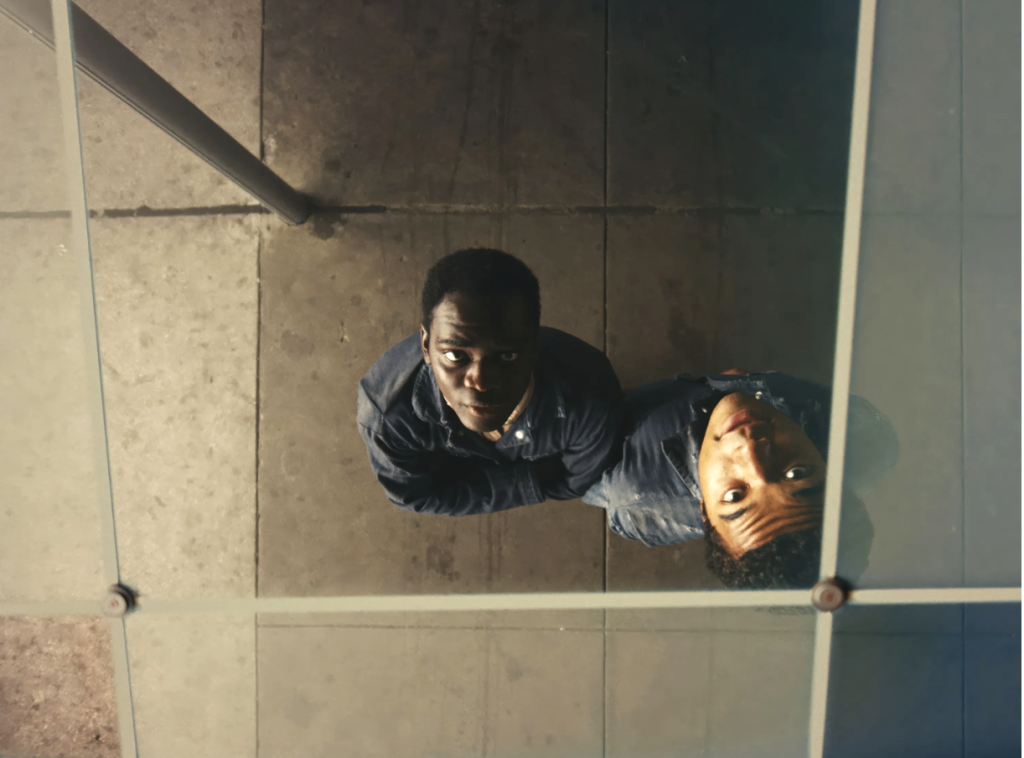
John Wyver writes: simply another selection of stuff that has engaged me over the past week or so.
• Carl Th. Dreyer in the silent era: a wonderful clutch of writings and films newly available from the wonderful Danish Silent Film site about the director’s early films; the link is to Casper Tybjerg’s overview of the first years of Dreyer’s career, and there his fascinating essay The Dreyer paratext, plus two newly digitised (and freely accessible) films, Leaves from Satan’s Book, 1921 and The Bride of Glomdal, 1926 – and there’s much more at the associated Dreyer website. Truly an exemplary collection of online resources.
read more »
15th December 2024
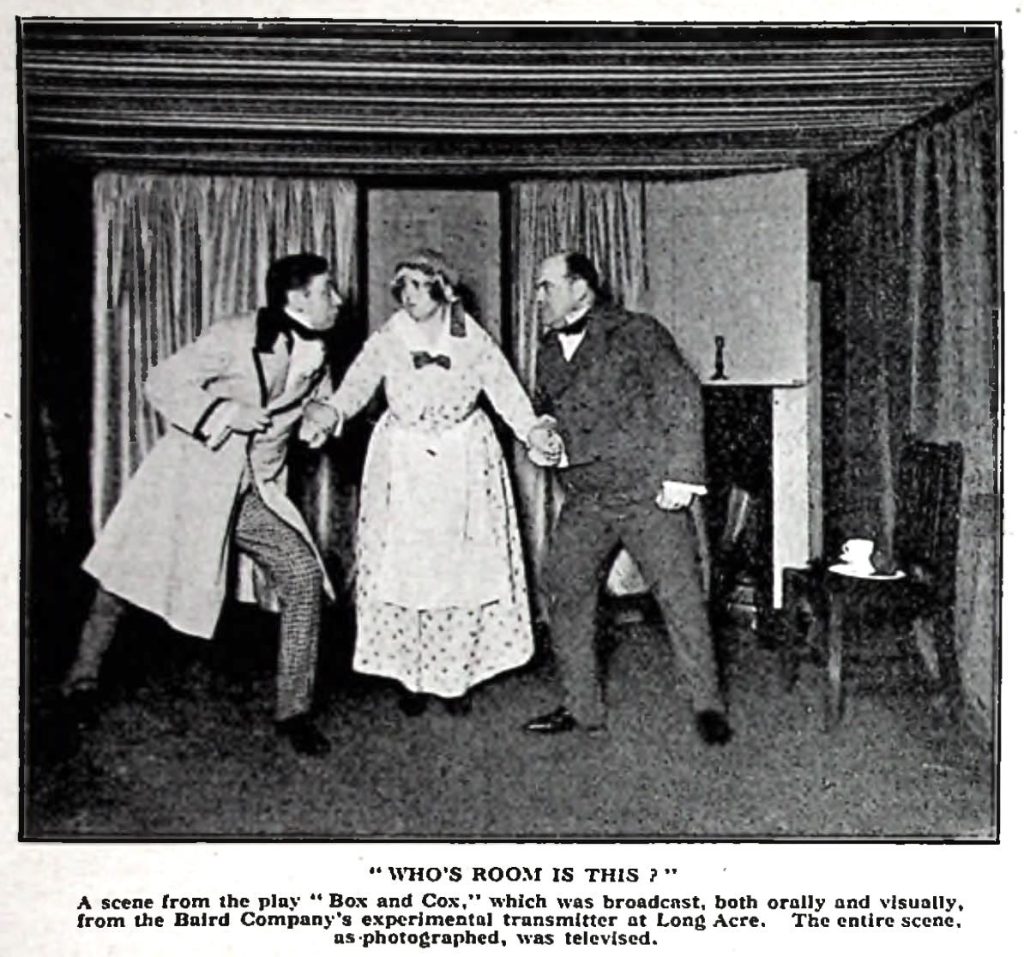
John Wyver writes: Saturday 15 December 1928, 96 years ago today, is a milestone date in the history of early television in Britain. Or at least it should be, since the day saw the transmission of the first television drama in Britain, a version of John Maddison Morton’s Box and Cox. The accolade of this ‘first’ is invariably given to the 1930 Baird Company/BBC transmission of Luigi Pirandello’s The Man with the Flower in his Mouth. Yet the medium’s long tradition of drama began with a demotic comedy, not a fragment of anguished modernism.
read more »
14th December 2024

John Wyver writes: Nothing. No television broadcasts from Alexandra Palace on Monday 14 December 1936, and only an apologetic mid-evening sound announcement. A fierce gale had damaged the transmission mast and taken the service off-air. A contributor to the January 1937 issue of Television and Short-wave World takes up the story:
The horizontal arms which carry the aerial arrays are hinged in the centre and these appeared to be bent upwards owing to the stays having broken. Efforts were immediately made to remedy the defect, and the ordinary B.B.C. engineers in spite of the high winds climbed the mast to make an inspection of the damage and actually sucteeded in repairing the lower aerial, which is used for the sound transmissions, so that an announcement could be put out at 9 p.m.
read more »
13th December 2024

John Wyver writes: Presented on the afternoon of Monday 13 December 1937 was the most ambitious television ballet to date, act 2 of, as it was billed, Le lac des cygnes, or Swan Lake to the rest of us. The troupe was the Vic-Wells Ballet Company, from which chrysalis the Royal Ballet would emerge post-war, and this was their production that had premiered in November 1934. Studio manager and now producer D.H. Munro was at the control desk.
read more »
12th December 2024

John Wyver writes: the afternoon and evening of Saturday 12 December 1936, just six weeks into the BBC Television service from Alexandra Palace, witnessed a spectacular demonstration on the terrace just outside the studio. Celebrated First World War pilot and now producer Cecil Lewis had been charged with organising ‘local’ outside broadcasts. With the enthusiasm of a true believer, he arranged with the Territorial Army for the Battalion 61st (11th London) Anti-Aircraft Brigade, R.A., and the 36th Middlesex Anti-Aircraft, R.E., to be put through their paces.
read more »
11th December 2024

John Wyver writes: the evening of Saturday 11 December 1937 featured an ambitious half-hour broadcast of act 3 of Verdi’s Aida given by the Matania Operatic Society. Opera was an important element of the transmissions from Alexandra Palace, although this broadcast under producer Dallas Bower, a little over a year into the service, was one of the first presentations of ‘grand’ opera.
Gwaladys Garside (Amneris), Dorothy Stanton (Aida), Alec John (Radames) and Joseph Satariano (Amonasro), reputable singers all, led the cast of ten and the ever-versatile BBC Television Orchestra under Hyam (‘Bumps’) Greenbaum was augmented by seven additional players. As for the Matania Operatic Company, I’ve found not a single archival trace, so if anyone can give me a lead to who or what they were I would be most grateful. (For the avoidance of doubt, the image is NOT from the television broadcast, but rather – and simply because I liked it – of the Bolshoi Theatre Aida in 1957; more details below.)
read more »









